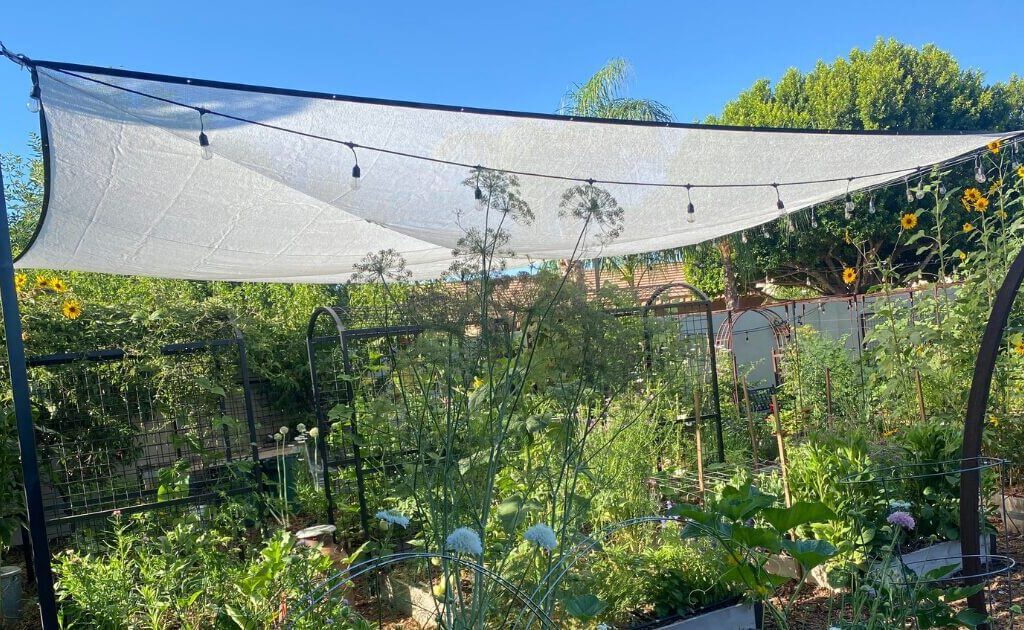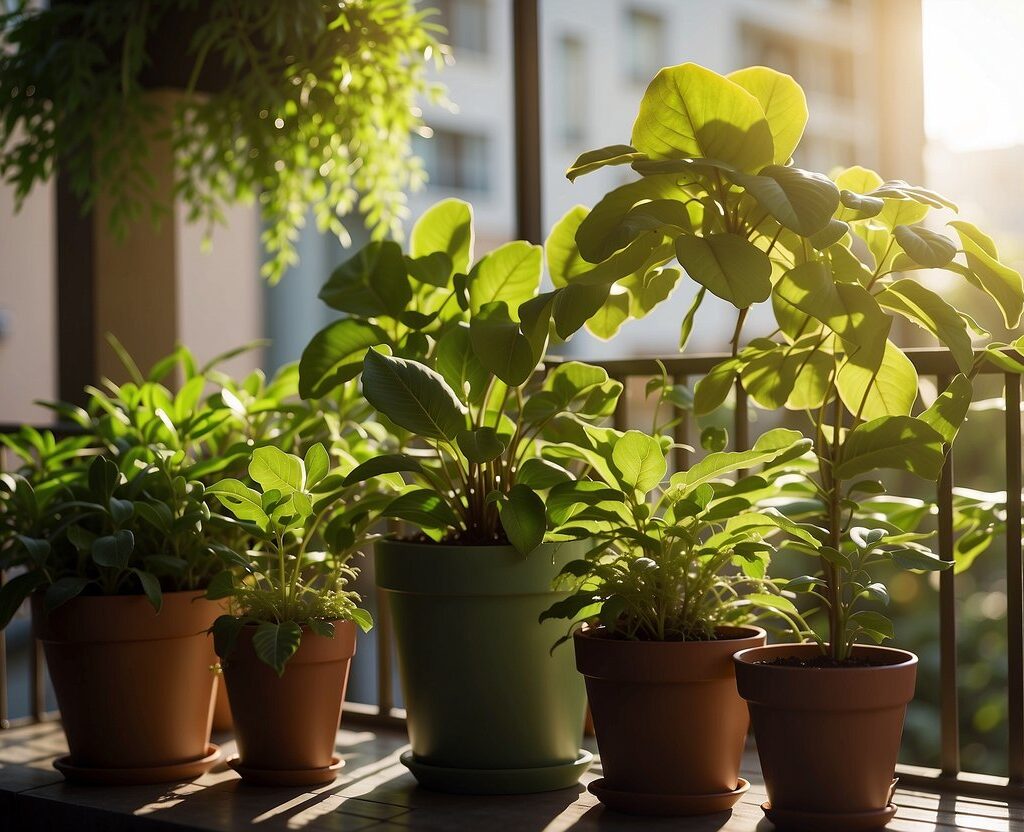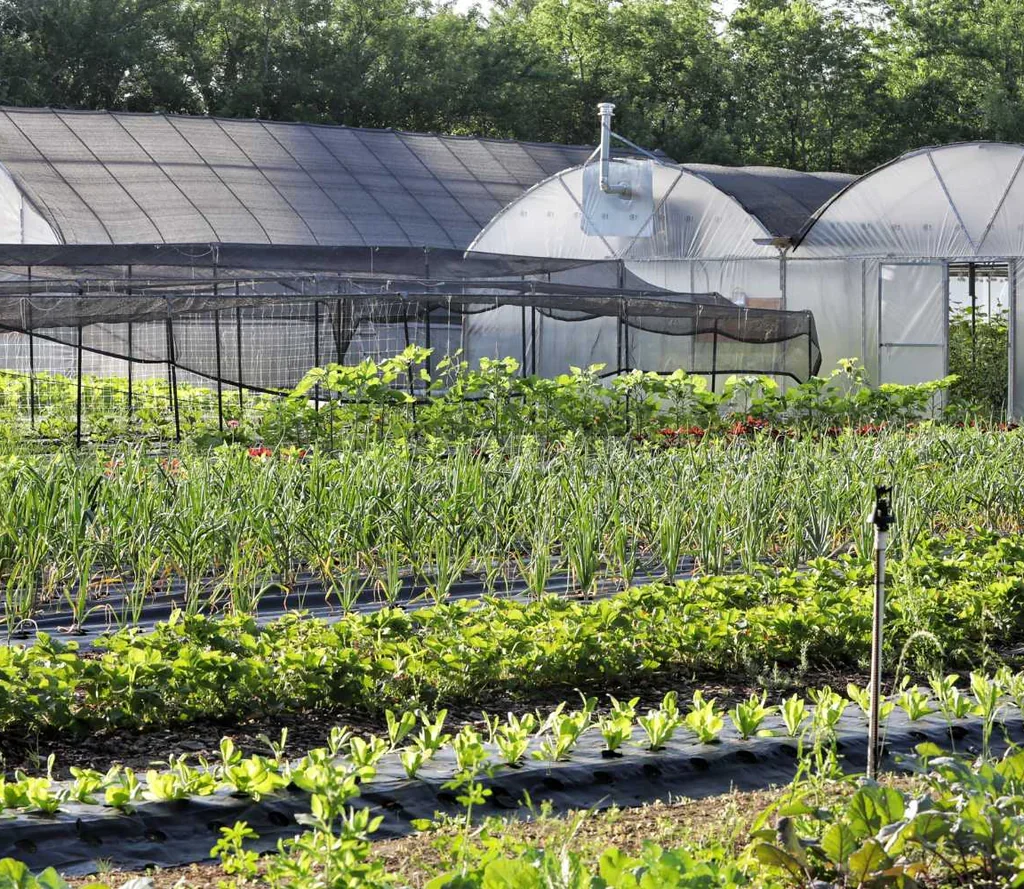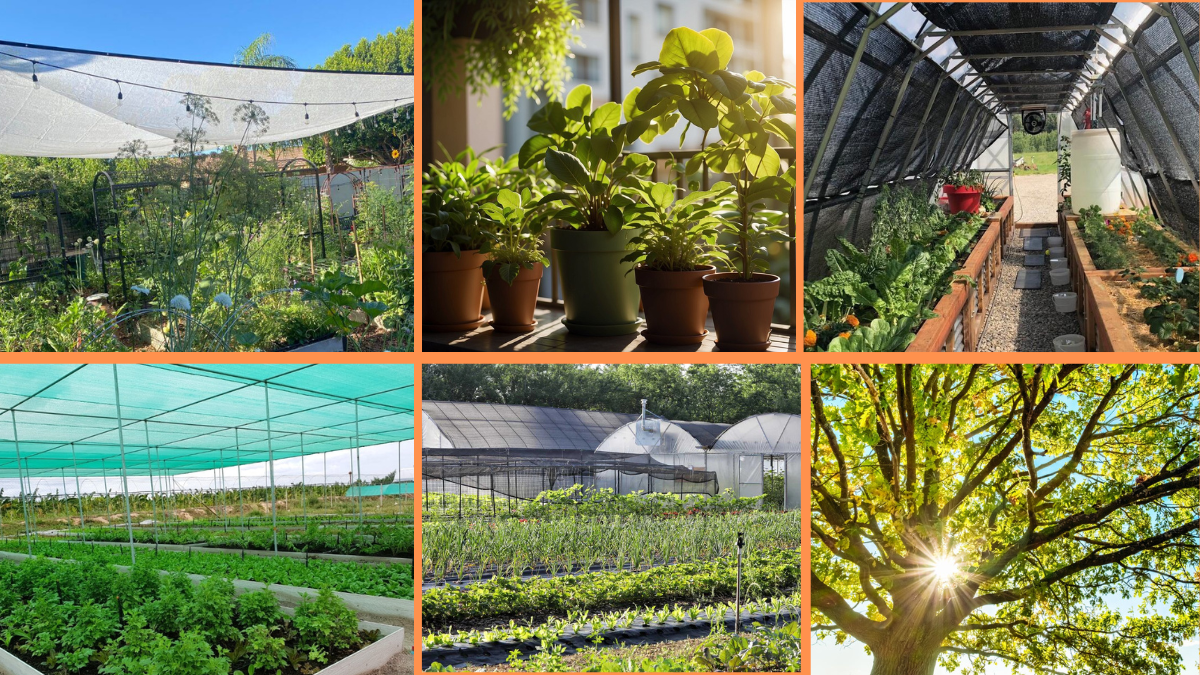One of the most important — and often overlooked — aspects of gardening is understanding how to balance sunlight and shade for your plants. Every plant has specific light requirements, and providing too much sun or too little can stunt growth, cause leaves to scorch, or leave your garden looking dull and unhealthy.
Balancing sunlight and shade isn’t just about planting sun-lovers in bright spots and shade-lovers in dark corners — it involves understanding the nuances of your outdoor space, the movement of the sun, and the needs of different plants throughout the seasons.
Whether you’re cultivating a lush flower garden, growing herbs, or tending to indoor greenery, these 10 practical tips will help you master the art of balancing sunlight and shade for happy, thriving plants.

1. Know Your Plant’s Light Requirements
Different plants have different needs when it comes to sunlight exposure. Before you plant anything, research whether your greenery prefers full sun, partial shade, or full shade.
Common Categories:
- Full Sun (6+ hours/day): Roses, Lavender, Tomatoes, Sunflowers.
- Partial Sun/Partial Shade (3-6 hours/day): Hydrangeas, Peonies, Hostas, Lettuce.
- Full Shade (Less than 3 hours of direct sun): Ferns, Caladium, Impatiens, Begonias.
Check plant tags, seed packets, or gardening guides to understand their specific requirements, and group plants with similar needs together.

2. Observe Your Garden’s Sun Patterns
Before placing plants in your garden, spend a few days observing how sunlight moves through your space. The sun’s angle changes throughout the day and across seasons, affecting how much light different areas receive.
Key Times to Observe:
- Morning (7 AM – 11 AM): Gentle light, good for shade-tolerant plants.
- Midday (11 AM – 3 PM): Intense, direct sunlight, ideal for sun-loving plants.
- Afternoon (3 PM – 6 PM): Hot and potentially harsh — some plants may need protection.
Mark areas that get continuous sunlight, dappled light, or heavy shade, and plan your plant placement accordingly.

3. Use Natural Shade Providers
Large trees, tall shrubs, pergolas, or fences can naturally filter sunlight and create shaded areas in your garden. Strategic planting near these structures allows you to provide relief for sun-sensitive plants without the need for artificial shade.
Examples:
- Place Hostas or Ferns beneath the dappled shade of trees.
- Grow shade-loving annuals along the north side of a fence.
- Use a pergola with climbing vines like Clematis or Wisteria to soften harsh afternoon light.

4. Incorporate Shade Cloth or Garden Screens
For gardens in regions with relentless sun, using shade cloth or garden screens can protect delicate plants without blocking light entirely. These fabrics allow for filtered light, reducing heat stress while still promoting growth.
Shade Cloth Tips:
- Choose light-colored cloths to reflect heat.
- Use a 30%-50% shade cloth for vegetables and herbs.
- Position them on hoops or frames over garden beds during hot afternoons.
They’re especially useful for young seedlings and sensitive plants like lettuce, basil, and begonias.

5. Create Mixed-Height Plantings
Another clever way to balance light is by planting taller species alongside shorter, shade-tolerant plants. The taller plants act as living shade canopies, protecting delicate greenery underneath.
Example Pairings:
- Sunflowers (tall) with Marigolds (short)
- Corn (tall) with Cucumbers (vine underneath)
- Delphiniums (tall) with Impatiens (shade-loving)
This layered approach not only manages light exposure but also adds depth and visual interest to your garden.

6. Use Movable Containers for Flexibility
If you’re growing plants in pots or planters, one of the best ways to control their exposure to sun and shade is by moving them as needed. This is particularly helpful for areas with inconsistent sun patterns or changing seasons.
Container Garden Ideas:
- Shift herbs like Mint, Basil, and Oregano into partial shade during scorching afternoons.
- Move sun-loving succulents to catch early morning light and shield them by noon.
- Rotate flowering annuals weekly for even growth.
Rolling plant caddies or lightweight containers make adjustments easy without damaging plants.
7. Plant at the Right Time of Day
When transplanting or planting new greenery, timing matters. Avoid planting during the heat of midday, as harsh sunlight can shock plants, dry out roots, and cause wilting.
Ideal Planting Times:
- Early Morning: Soil is cool and moist, reducing transplant stress.
- Late Afternoon: Sun’s intensity is lower, and temperatures begin to drop.
Water plants thoroughly after planting and provide temporary shade if necessary until they establish.
8. Watch for Signs of Light Stress
Plants will show clear signs when they’re receiving too much or too little light. Recognizing these symptoms early allows you to make quick adjustments before permanent damage occurs.
Too Much Sunlight:
- Brown, crispy leaf edges
- Faded or scorched leaves
- Wilting in afternoon heat
Too Little Sunlight:
- Slow or leggy growth
- Pale, yellowing leaves
- Fewer flowers or fruit
If you notice these signs, reposition your plants or use shade cloth and reflective mulch to balance light exposure.
9. Take Seasonal Sun Shifts Into Account
Sun patterns change throughout the year. An area that’s in full sun during summer might become shaded in fall or winter due to the sun’s lower angle and shorter days.
Seasonal Adjustments:
- Reposition movable plants as needed.
- Trim overhanging branches in spring.
- Use temporary shade setups during heatwaves.
- Mulch soil to retain moisture during hot seasons.
Being mindful of these shifts helps maintain optimal growing conditions for your plants year-round.
10. Group Plants by Light Needs
One of the most effective ways to manage sunlight and shade is to group plants with similar light requirements together. This simplifies care and ensures each plant thrives in its ideal environment.
Garden Design Example:
- Full-Sun Zone: Zinnias, Tomatoes, Lavender
- Partial Shade Zone: Hydrangeas, Lettuce, Peonies
- Full Shade Zone: Ferns, Hostas, Caladium
This method prevents light-sensitive plants from struggling and reduces the need for constant adjustments.
Final Thoughts
Balancing sunlight and shade isn’t a one-size-fits-all task. It’s a living, dynamic relationship between your garden’s design, plant choices, and Mother Nature’s changing patterns. By observing your environment, understanding plant needs, and using creative solutions like shade cloth and mixed-height planting, you can create a thriving, beautiful garden where every plant has its perfect place.
Take your time experimenting, learning, and adjusting — and you’ll be rewarded with a vibrant outdoor space brimming with healthy flowers, lush foliage, and flourishing edibles.
Would you like a follow-up article on “10 Shade-Loving Plants for Difficult Garden Spots” or “How to Use Vertical Structures for Shade and Style”? I’d be happy to craft those too if you’re interested!





